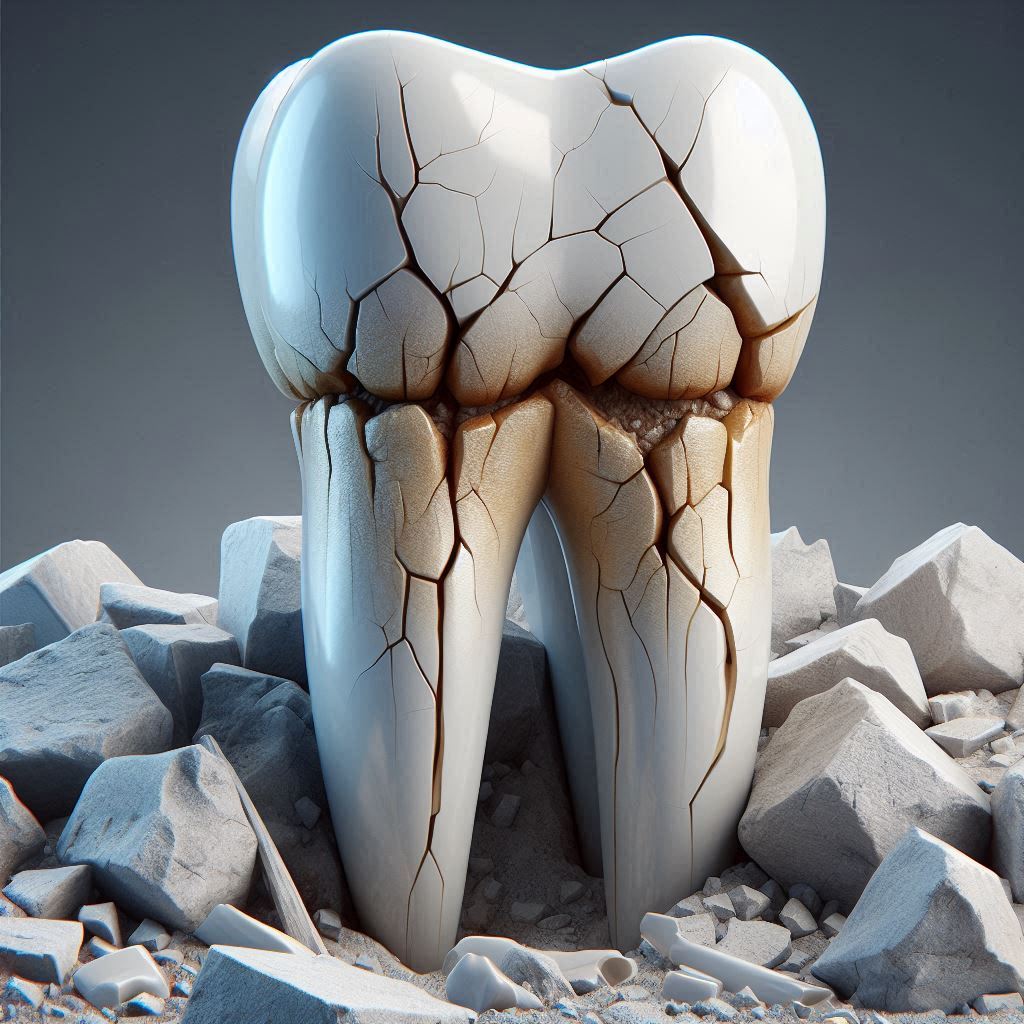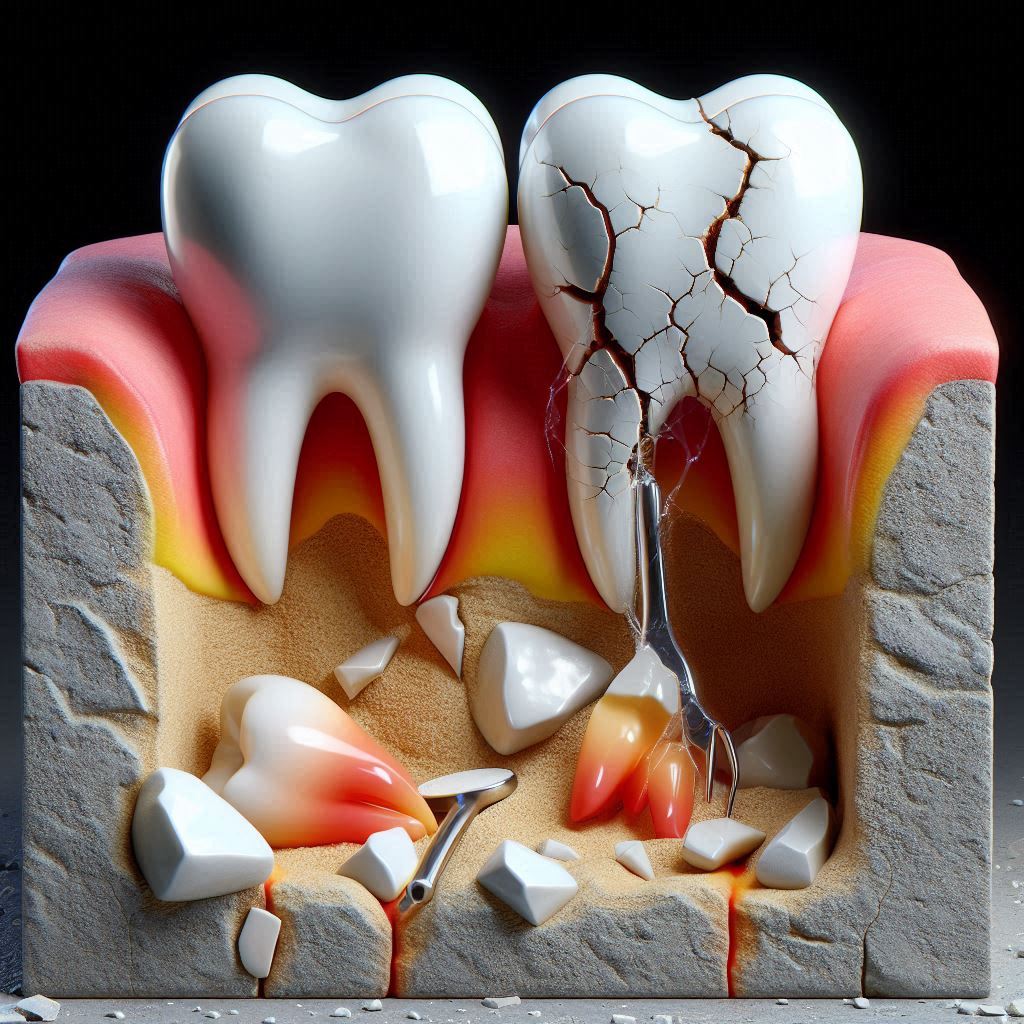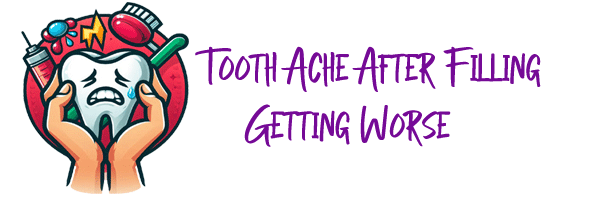Imagine your tooth as a beautiful, old house — strong, dependable, and filled with character. Over the years, wear and tear take their toll. A little decay is like a patch of mold on the wall. You call in a professional — your dentist — who cleans it out and patches it up with a filling. Everything seems restored.

But what if, hidden behind that fresh coat of paint, the foundation starts to crack?
That’s the silent threat of a tooth fracture after filling, a condition that often leaves people bewildered and frustrated — especially when they experience a tooth ache after filling getting worse instead of better.
If the wall is already weak, brittle, or under stress, the filling might not be enough to hold it all together. Sometimes, during the filling process, even the pressure from the dental tools or bite adjustments can stress the tooth. Other times, the fracture occurs days or weeks later — triggered by something as simple as chewing on a crusty piece of bread or clenching your teeth in your sleep.

The problem is, tooth fractures can be sneaky. They can be tiny — microscopic even — but big enough to let bacteria in, irritate the nerve, or cause the tooth to flex when you bite. That’s when the discomfort begins.
At first, you might just notice a small twinge. A bit of sensitivity to cold. Then, as days pass, the pain begins to linger longer, intensify, and show up uninvited. You begin to wonder: Why is this tooth ache after filling getting worse instead of healing?
The answer could very well be a fracture hiding beneath the surface.
Here are some common signs that point toward a tooth fracture after filling:
- Inconsistent pain that seems to come and go, sometimes shifting depending on temperature or pressure.
- Increased sensitivity to hot or cold that wasn’t there before.
- A feeling that something is “off” when you close your mouth — like your bite has changed subtly.
Fractures can occur more easily in teeth that:
- Have large fillings, especially if a big portion of the original tooth structure is missing.
- Are weakened by decay, grinding, or trauma.
- Are filled with composite resin, which doesn’t have the same structural support as a crown.
- Were repaired quickly, where the tooth was already fragile and simply couldn’t handle more stress.
So, if you’ve had a filling and suddenly your tooth ache after filling is getting worse, it might not be the filling itself — it might be the tooth around it.
In minor cases, your dentist may be able to smooth or adjust the filling, or replace it with a more durable material. But in more serious situations, especially if the crack goes deep, a dental crown might be needed to “cap” the tooth and hold everything together like a helmet for your tooth. And in unfortunate cases where the crack splits the root, extraction might be the only option.
Listen to the Cracks
A fractured tooth doesn’t always scream — it often whispers, then escalates. That’s why any tooth ache after filling getting worse shouldn’t be brushed off as normal sensitivity. It’s your tooth’s way of warning you that all is not well behind the surface.
Much like an old house, timely inspection and reinforcement can save the structure. But left unchecked, even a hairline crack can turn into a collapse.
So if your recently filled tooth is giving you grief, don’t wait. Your dentist holds the blueprint — and the tools — to repair what lies beneath.


